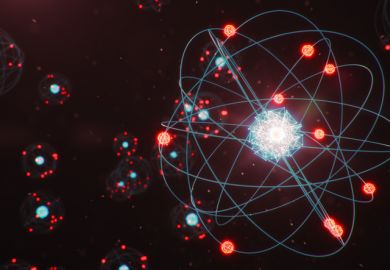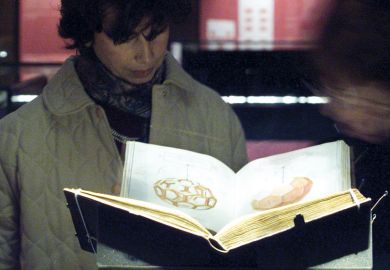The best way to learn a skill is by active practice. This wonderful collection of statistical mechanics problems, compiled by the trio Diego A. R. Dalvit, Jaime Frastai and Ian D. Lawrie, supplies a host of interesting questions and carefully worked out solutions. Anyone with a basic background in statistical mechanics and thermodynamics can pick up the book and start practice sessions.
The book is meant as a supplement to the existing host of textbooks on statistical mechanics. Alternatively, we can consider the many existing textbooks as supplements to this collection of problems. Rather than turning to the solutions included, one could use the problems in the book as the starting point and then go hunting in the literature, whenever needed, to work out the solutions. A student who went seriously through this programme would become an accomplished statistical physicist.
Problems on Statistical Mechanics contains more than 120 questions divided into sections on thermodynamics, statistical ensembles (including isobaric ensembles), quantum statistics, interacting systems and non-equilibrium methods and transport processes. Here are all sorts of problems. Some are unconventional. For instance, the decrease of the entropy of the reader's brain as result of reading the book compared with the increase in entropy caused by the heat irradiated from the electric light bulb used to illuminate the book.
Most of the problems are, however, of a more standard textbook type. Consider, for example, black-body radiation. Find the pressure, the energy density and so on as function of the temperature. Though the book is excellent for self-study, it is also a treasure trove for teachers, who will find inspiration for the difficult task of constructing sensible and do-able questions.
Hans L. Picseli's book on fluctuations is a traditional textbook. There are a few exercises scattered throughout the book, but no solutions are included. The focus is on the beautifully written discussion of macroscopic phenomena, for which fluctuations in the physical state of the microscopic components are observable. Anybody with a couple of years of undergraduate physics or a with mathematics background will find the book accessible.
The book's four appendices discuss aspects of statistics and functional analysis that might not be common knowledge to all undergraduates.
Picseli manages to cover an impressive range of topics in a relatively limited space. We learn about fluctuations in electric circuits, Brownian motion, random walks, density fluctuations in gases, diffusion of particles, thermal fluctuations in a diode and Fermi acceleration. The mathematical formalism needed for the discussion alternates with the applications. After some basics on statistical analysis and stochastic processes, the Wiener-Kinchine theorem is described. Later chapters discuss fluctuation-dissipation theorem, the Kramers-Kroning relation, Langevin equations, master equations for probability distributions and the related Fokker-Planck equations. One chapter is devoted to signal analysis, Campbell's theorem, correlation functions and spectral analysis.
The author states that he does not want to discuss 1/f noise in detail. A section is included as an "outline". Personally, I think it is a pity not to include a couple of pages on the relation between 1/f noise and density fluctuations in gases, as well as 1/f noise and the reference model discussed in the chapter on signal analysis. Both examples are well suited as straightforward illustrations of 1/f noise. Nevertheless, the book is brilliantly clear and very thorough.
Henrik Jeldtoft Jensen is professor of mathematical physics, Imperial College, University of London.
Problems on Statistical Mechanics: First edition
Author - Diego A.R. Dalvit, Jaime Franstai & Ian D. Lawrie
ISBN - 0 7503 0521 5
Publisher - Institute of Physics Publishing
Price - £24.95
Pages - 284



